The replacement cycle of a hoist is a complex issue as it is influenced by various factors such as operating environment, frequency of use, load weight, and material quality. The following is a specific analysis of these factors.
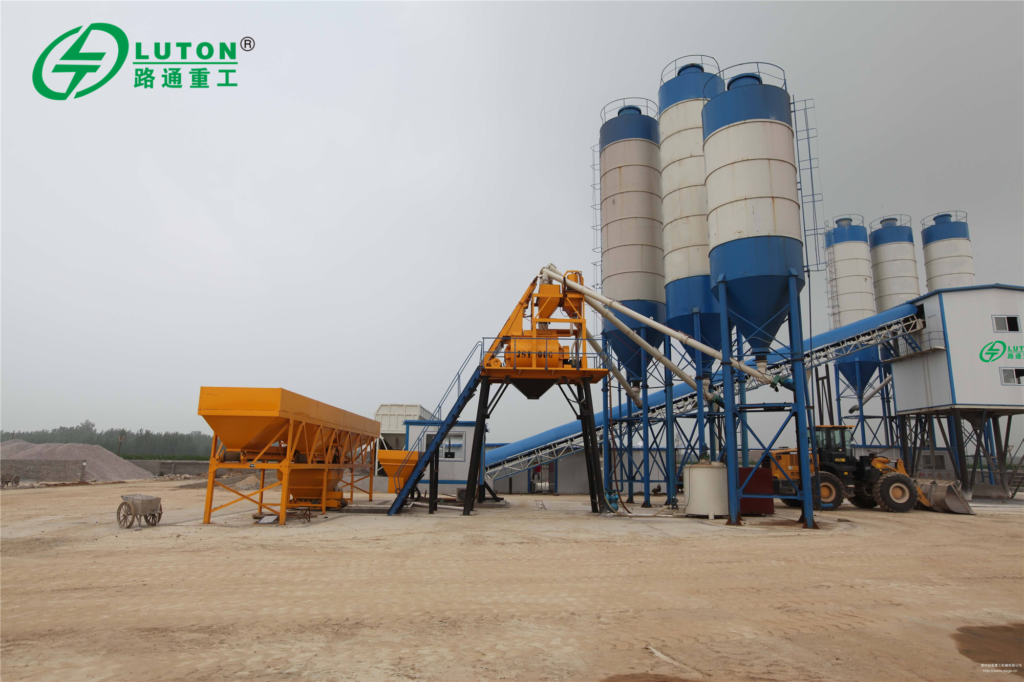
Usage Environment
If the working environment of the hoist is harsh, such as high dust, temperature, humidity, etc., this may cause the belt or other components to age and deteriorate faster, thereby shortening its replacement cycle.
Usage Frequency
The higher the usage frequency of the hoist, the greater the degree of damage to its components, especially the belt, so the replacement cycle may be relatively short.
Load Weight
The heavier the object lifted by the elevator, the greater the load borne by the belt and other components, and the corresponding degree of wear and tear will increase, which may also shorten the replacement cycle.
Material Quality
The material quality of the hoist and its components has a significant impact on its service life. The durability and service life of elevator components made of high-quality materials are usually longer.
In addition, the type and brand of the hoist may also affect its replacement cycle. Generally speaking, the service life of low-end elevators may be around 5 to 7 years, mid-range elevators may be around 10 to 15 years, and high-end elevators may have a longer service life. However, please note that these are only rough estimates and cannot be used as specific replacement cycles.
In summary, the replacement cycle of a hoist is an issue that needs to be evaluated based on specific circumstances. To ensure the normal operation of the hoist and extend its service life, it is recommended to conduct regular inspections and maintenance, and replace components as necessary. At the same time, it is also very important to choose a brand and model of lifting machine with reliable quality and good durability.
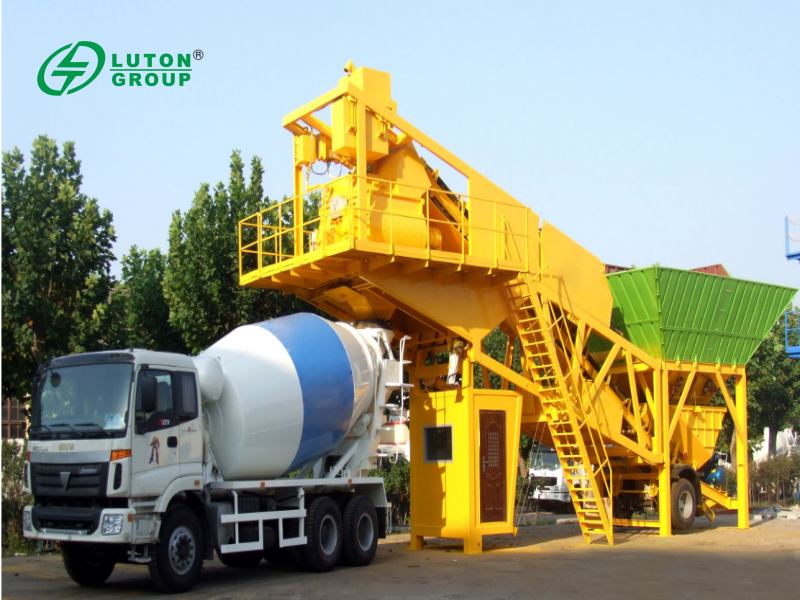
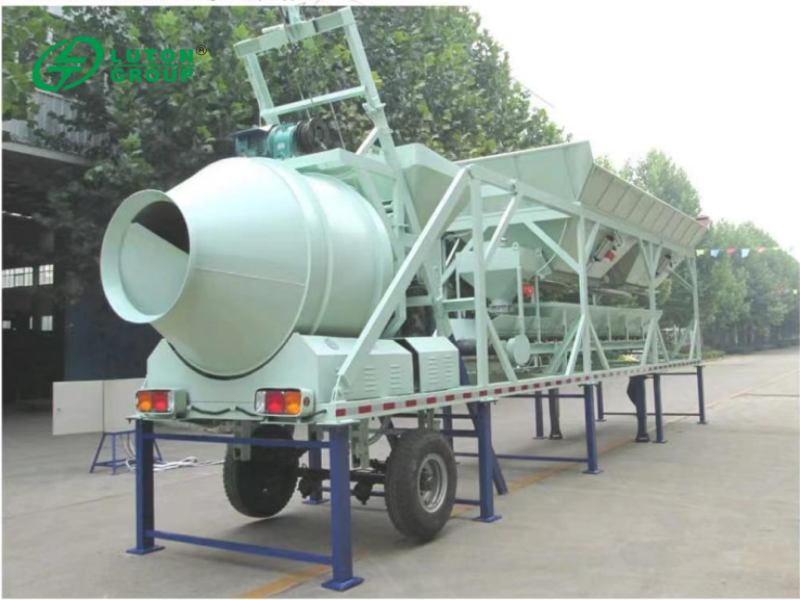
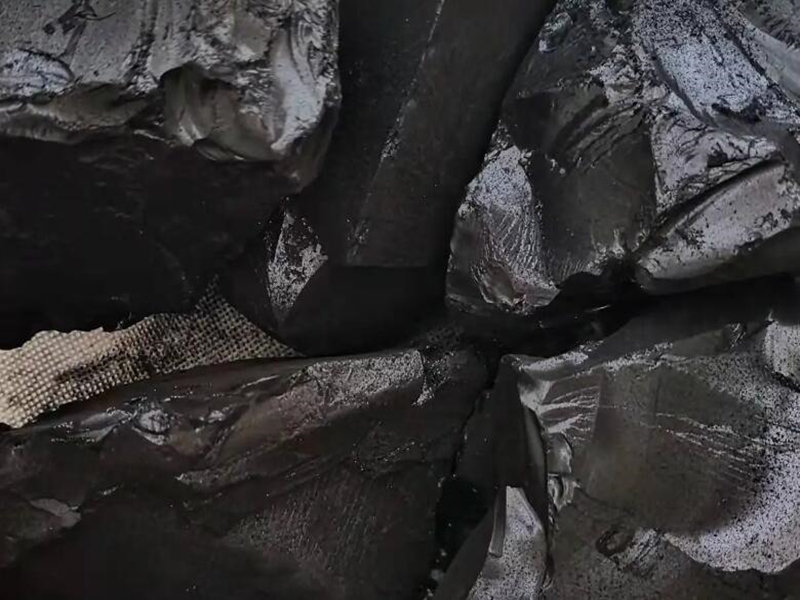
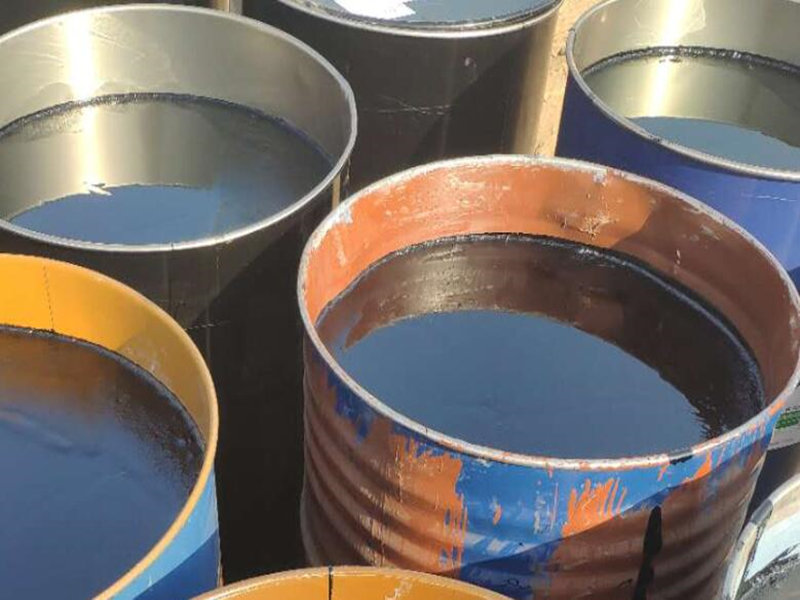


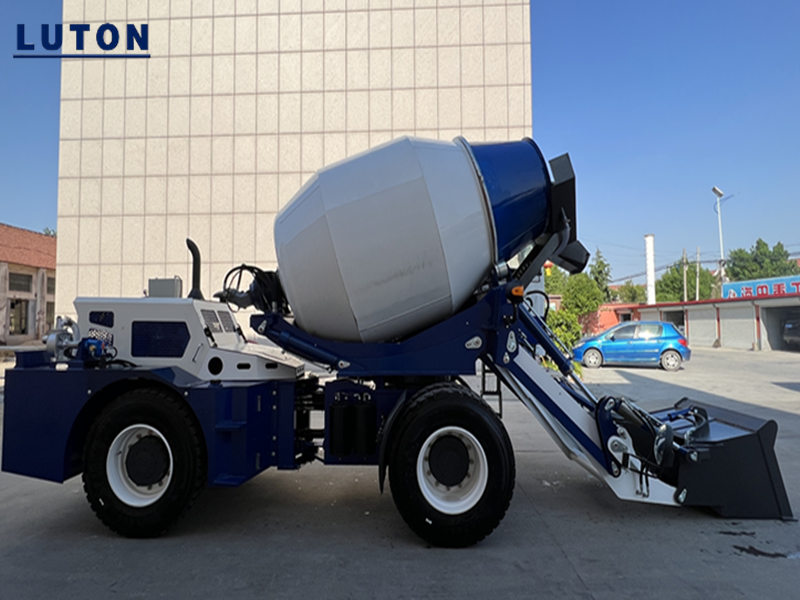
 Berries and Holly, M7470-20G by Hoffman (Also, have light silver)
Berries and Holly, M7470-20G by Hoffman (Also, have light silver) Jingle 3 – Scotties AAK-15269-3by Kaufman
Jingle 3 – Scotties AAK-15269-3by Kaufman  Advent Calendar ADE-15182-223How the Grinch Stole Christmas by Kaufman.
Advent Calendar ADE-15182-223How the Grinch Stole Christmas by Kaufman. ADE-15183-223 How theGrinch Stole Christmas by Kaufman.
ADE-15183-223 How theGrinch Stole Christmas by Kaufman. Berries and Holly, M7461-78S by Hoffman.
Berries and Holly, M7461-78S by Hoffman. Berries and Holly, M7461-22G by Hoffman.
Berries and Holly, M7461-22G by Hoffman. Berries and Holly, M7468-176S by Hoffman.
Berries and Holly, M7468-176S by Hoffman. Berries and Holly, M7465-3S by Hoffman.
Berries and Holly, M7465-3S by Hoffman. The Whole Nine yardsby RJR Fabrics.
The Whole Nine yardsby RJR Fabrics. Explore America by Robert Kaufman.
Explore America by Robert Kaufman. Hearts – Lovebirds by RJR.
Hearts – Lovebirds by RJR. Hugs and Kisses by Robert Kaufman.
Hugs and Kisses by Robert Kaufman. Amelie by Anna Griffin -Bramble Floral – White.
Amelie by Anna Griffin -Bramble Floral – White. Amelie by Anna Griffin -Harlequinl – Pink.
Amelie by Anna Griffin -Harlequinl – Pink. Amelie by Anna Griffin -Trellis Border – Blue.
Amelie by Anna Griffin -Trellis Border – Blue. Amelie by Anna Griffin -Garland Border – Blue.
Amelie by Anna Griffin -Garland Border – Blue.